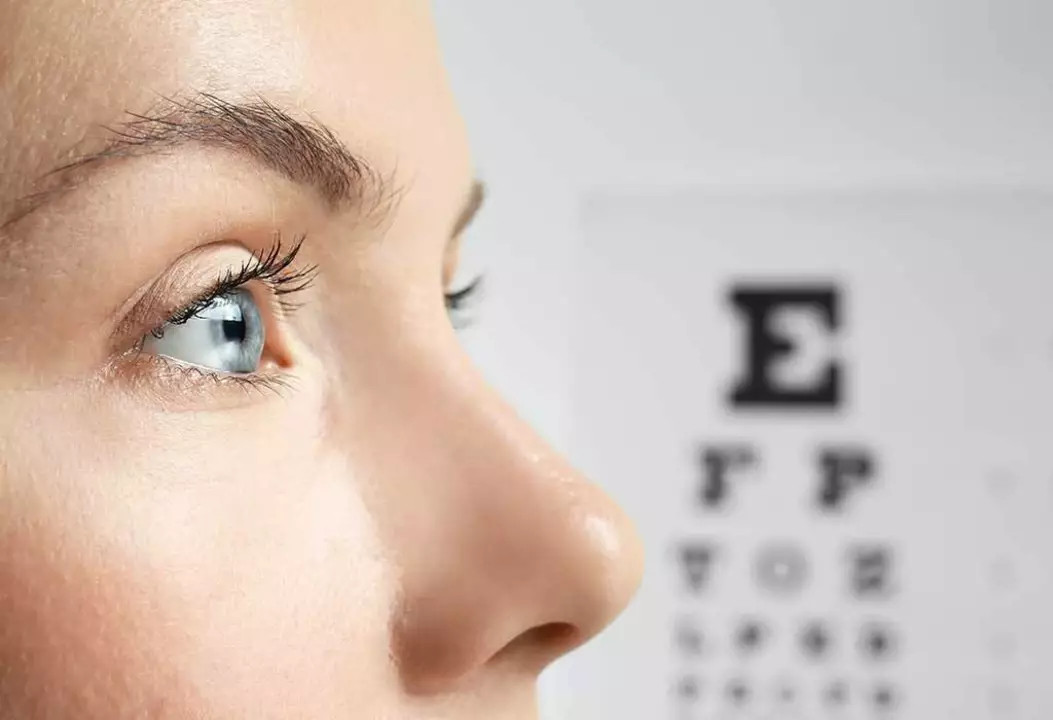Eye Cancer Prevention: Practical Steps to Protect Your Eyes
Worried about eye cancer? You don’t need to panic — small, smart changes cut risk and help catch problems early. This guide gives clear, useful steps you can start using today.
Daily habits to lower your risk
Wear sunglasses that block 100% UVA and UVB. Cheap shades may look cool but often don’t block UV. Look for a label or ask the seller. Pair sunglasses with a wide-brim hat when you’ll be outside for more than a few minutes.
Avoid tanning beds and direct, unprotected sun exposure. While not all eye cancers are caused by sun, UV and intense light can raise the chance of some eye and eyelid cancers. Protecting your eyes reduces that risk.
Quit smoking and limit alcohol. Smoking increases risks for many cancers and harms blood vessels in the eye. If you smoke, ask your doctor about quit plans — nicotine patches, counseling, or medications can help.
Eat for eye health. A diet with leafy greens, colorful vegetables, and oily fish gives your eyes antioxidants and omega-3 fats. These foods support overall eye health and help your body resist damage.
Use proper eye protection at work and for hobbies. If you weld, grind, or handle chemicals, wear certified safety goggles. Impact and chemical injuries can increase long-term risk and hide early warning signs.
Checkups and warning signs
Get regular comprehensive eye exams that include a dilated retinal exam. Adults over 40 or people with a family history of eye cancer should see an eye doctor every 1–2 years or more often if advised. High-risk people may need closer follow-up — ask your ophthalmologist what schedule fits you.
Watch for changes and act fast. See an eye doctor if you notice a new dark spot on the iris, a growing mark on the eyelid, sudden flashes or floaters, blurred vision, or a persistent sore on the eye surface. For children, watch for a white pupil in photos or an eye that looks different; those signs need urgent evaluation.
If your family has a history of genetic risks like retinoblastoma, talk to a genetic counselor. Early testing and monitoring can make a big difference for children at risk.
Keep records of any pigmented spots or lesions on the eye or eyelid. If you or your doctor notice changes in size, color, or shape, ask for a photo or referral for imaging. Early detection is the most practical step to improve outcomes.
Prevention is mostly about protection, healthy habits, and timely checkups. Use sunscreen around the eyes carefully — avoid getting it into the eye itself — and stay consistent with eyewear and screening. If something feels off, don’t wait; an exam can clarify whether it’s a harmless spot or something that needs treatment.

